
In collaboration with the wastewater associations, INDA is committed to giving consumers the information they need to make wise choices. We believe consumers will make the right choice when they know what the right choice is.

"I am extremely disappointed and frustrated by the huge changes the EPA made from the proposed rule. What is being proposed for Kentucky is disastrous – disastrous for our declining coal economy and equally disastrous for our very important manufacturing economy," Kentucky Gov. Steve Beshear said.
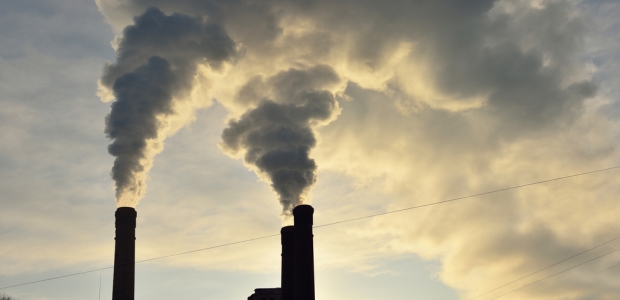
"The key areas of focus for ISO 14064-1 will be accounting for indirect greenhouse gas emissions and the linkage between that and renewable energy, which is a very challenging area," said Tom Baumann, chair of the ISO TC 207/SC7 committee that undertook the revision.
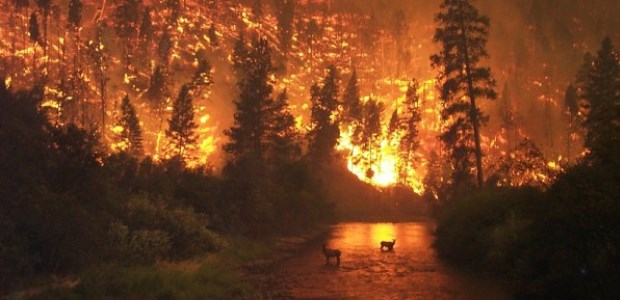
The 2015 Alaska fire season is already the third-largest season since reliable records began in 1950, and more than 4.75 million acres have burned.

Linked to earthquakes, water contamination, and general pollution, fracking becomes more controversial by the day. Meanwhile, 13,000 new wells are being drilled every year. There have been over a thousand documented cases of water contamination next to areas of gas drilling—cases of sensory, respiratory, cardiovascular and neurological damage. From the water we drink to the ground beneath our feet, is it too late to ask, “What gives?”
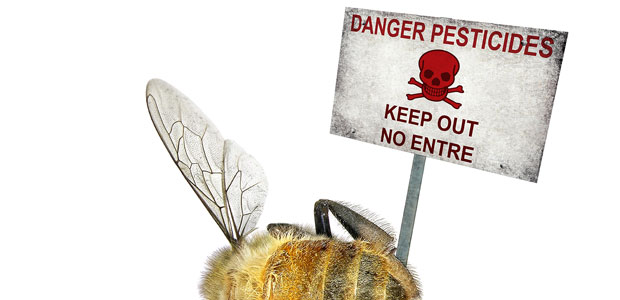
Two new studies are highlighting the decreasing numbers of food pollinators and the increasing levels of atmospheric carbon dioxide.
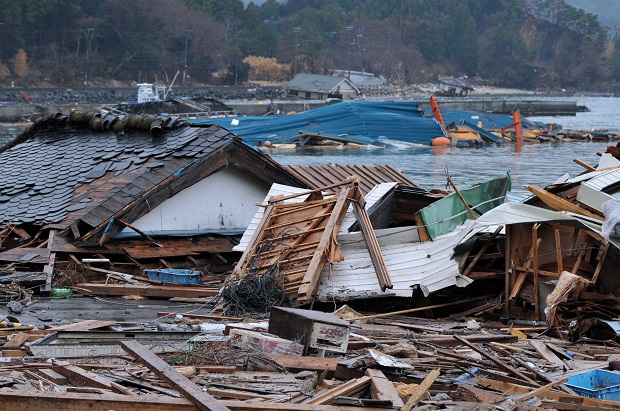
North of the San Andreas Fault is the lesser known and far more insidious subduction zone running 750 miles from Vancouver to Northern California.

The U.S. Geological Survey and the U.S. Fish and Wildlife Service recently released a case study that involved golden eagles partly because of their soaring and hunting behaviors.

The EPA has awarded close to $600,000 in brownfields grants to help provide job training and environmental property assessments in Huntington and the southern region in West Virginia.
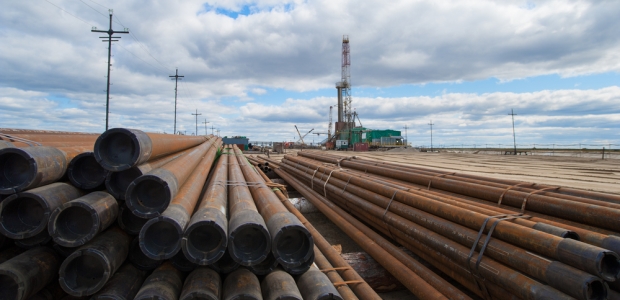
By understanding the scope of the RCRA exclusion for the oil and gas industry, EHS managers and engineers can be confident they are managing waste in line with the latest federal standards and avoid RCRA civil penalties as high as $37,500 per day per violation.
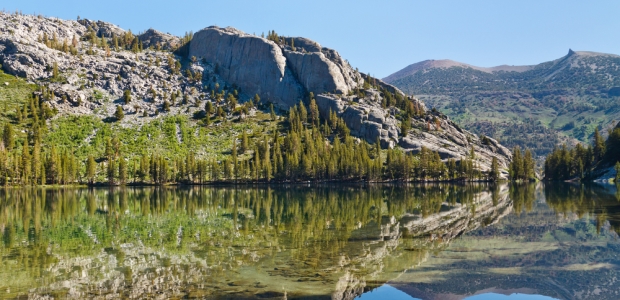
The Department of the Interior (DOI), Department of Agriculture (USDA), Environmental Protection Agency (EPA), National Oceanic and Atmospheric Administration (NOAA), and the U.S. Army Corps of Engineers (USACE) recently recognized three new collaborative landscape partnerships across the country, which will help prepare natural resources combat climate change.
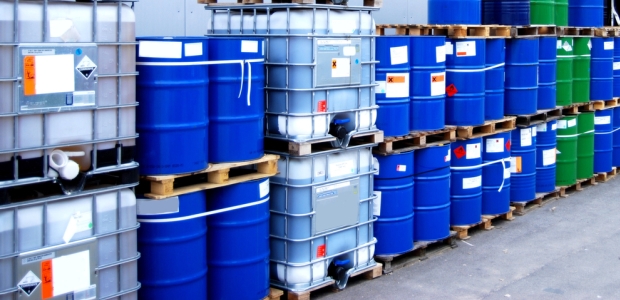
Its purpose is to provide expert scientific advice, information, and recommendations to the Office of Pollution Prevention and Toxics, which manages programs under the Toxic Substances Control Act and the Pollution Prevention Act.

With the EPA proposing to lower the primary ozone standard from 75 ppb to 70 or 65 ppb, researchers at the University of Colorado Boulder and the NOAA have created a commentary on how the new standard could make research more difficult for air quality managers at both local and state levels.

We need to start examining the processes within Water-Energy Nexus the same way we are examining HVAC efficiencies: at the molecular level, using nanotechnology.

A new report by the ACEEE places Boston as the most energy efficient city, with New York City, Washington DC, San Francisco, and Seattle closing up the top five efficient cities.

In a recent case study from the USGS, researchers discovered that both the microbiology and organic chemistry of waters produced from fracking vary significantly from well to well.

The U.S. Department of Agriculture (USDA) has announced a $235 million investment for improving water quality, drought prevention, and habitat protection through the Regional Conservation Partnership Program (RCPP).
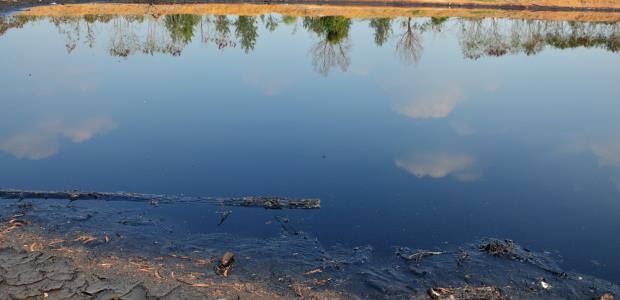
Soil and groundwater contamination will be getting cleaned up at a Maryland Superfund Site, thanks to TerraTherm, Inc. who announced a $6.9 million cleanup contract for chemical contamination.

The use of clean fuels and updated pollution control measures in school buses that 25 million children ride every day could result in 14 million fewer absences from school a year, based on a study by the University of Michigan and the University of Washington.

In the 21st century, the big challenge facing the world is climate change.